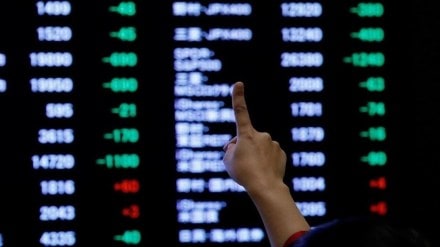“Market coupling” of power exchanges proposed by the Union power ministry earlier this year, is likely to come into force by the end of FY24, an official source said, denying any plans to put the plan on hold.
“The proposal should have been implemented by now but the work is in process,” a Central Electricity Regulatory Commission (CERC) official said. “We have received the comments and it (order) should come out by the end of the year.”
Market coupling is meant to have uniform prices across multiple exchanges, and foster competition in the fledgling sector. Still, only 7% of the power generated in the country is sold via exchanges.
After the CERC drafted the regulation early in June, Indian Energy Exchange (IEX), the largest power exchange platform handling more than 90% of the power deals, raised objections to the same as the move could undermine the exchange’s market power. While competitors say IEX’s early mover advantage should not be allowed to be unchallenged, the largest exchange maintains that it has gained strength with technological edge.
“The public hearing is done and we have also received the comments. It (the implementation) might have been delayed amid other regulations and draft policies,” the official said.
Apart from IEX, India has two more power exchanges – Hindustan Power Exchange (HPX) and Power Exchange of India. Currently, the National Load Despatch Center (NLDC) acts as market coupler for a small market.
Market coupling is a process wherein all the collected bids from all power exchanges are matched to determine a uniform market clearing price for the Day Ahead Market (DAM) or Real-time Market (TAM) or any other market as notified by the CERC. Though one of the objectives of the scheme is optimum use of transmission network, many experts citing global examples have opined that these goals may not be met.
Additionally, CERC is likely to come out with its Terms and Conditions for tariff determination for power companies for the period 2024-2029 by the end of March next year.
“We determine a multi-year tariff for every five years and the terms and conditions for the tariff calculation for companies in the next five years i.e. 2024-2029 shall be released by March,” the official said.
CERC had last month extended the applicability of current Renewable Energy tariff norms till March 31, 2024. The commission has started the process of reviewing the RE Tariff Regulations for the next Control Period (2024-2029), it had said in a notification earlier.
Further, talking about the implementation of the Automatic Distribution Management System and its efficiency in the Indian market, the official said that the rate of implementation of the system is slow in the country and requires boost.
“Its (ADMS) implementation in India is slow but we are engaging states to work on its better implementation.”
Automatic Distribution Management System helps states in better demand forecasting and estimation systems to minimize deviations from the allocated schedules for electricity consumption.
